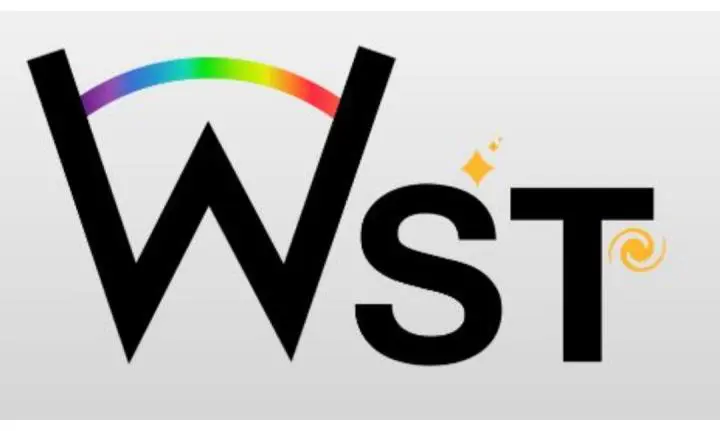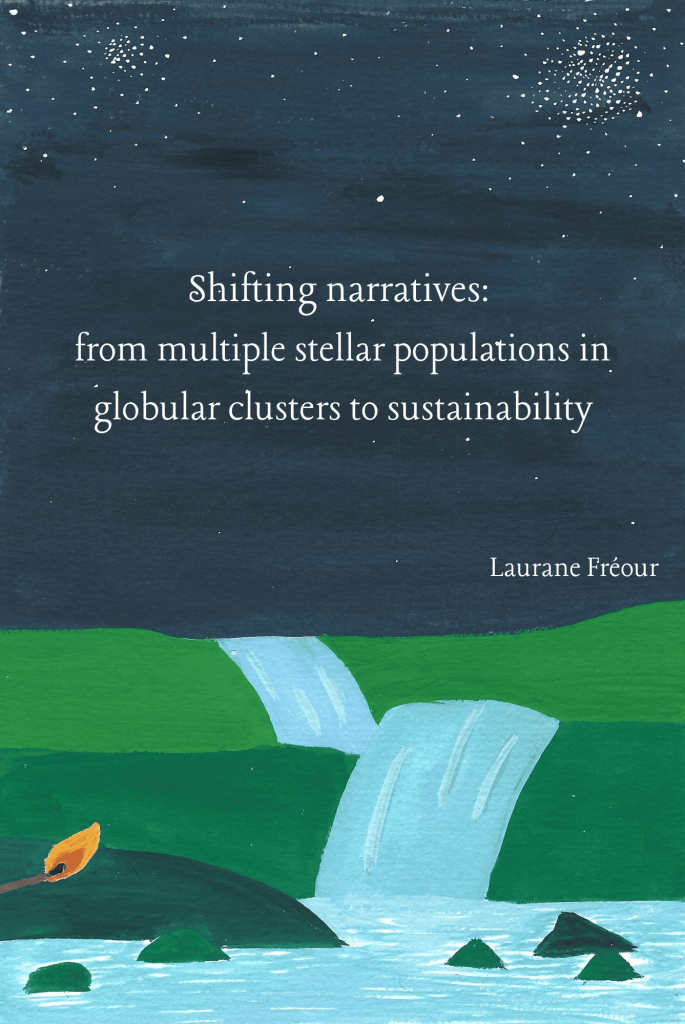Ongoing work

In April 2025, I have been appointed as a postdoctoral researcher on the sustainability of the Wide-field Spectroscopic Telescope (WST), a next-generation 12-meter ground-based telescope concept.
Merging my engineering expertise with knowledge in astronomy and sustainability, I am currently assessing the environmental impact of the WST through a Life Cycle Assessment of parts of the system using the software SimaPro.
Sometimes while gazing at the night’s sky, I imagine stars looking down making wishes on the brightest of us.
Richelle E. Goodrich
PhD Thesis Work

During my PhD thesis, I focused on the puzzle of multiple stellar populations in globular clusters.. and on sustainability!
For a long time, they have been considered very simple, spherical objects hosting one single stellar population. Since a few decades, multiple stellar populations have been detected in most GCs, as star-to-star variations in some chemical elements. Their origin remains a mystery.
I have investigated several aspects of the multiple stellar population phenomenon in my PhD Thesis.
A strong interdisciplinary component is present, merging astronomy and sustainability.
My Thesis is available here.

The globular cluster 47Tuc
Credit: ESO